 |
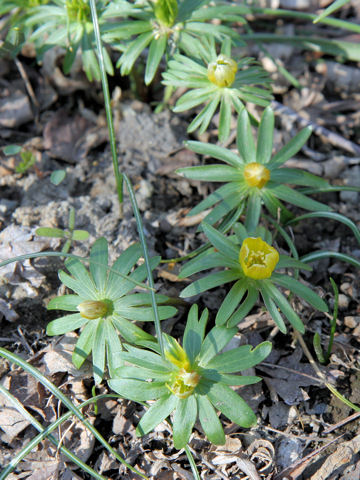

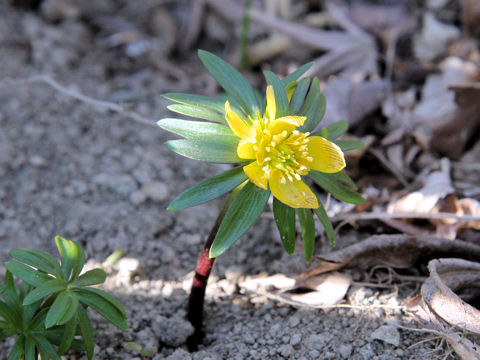

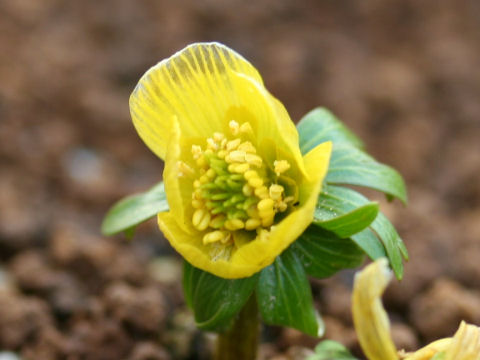

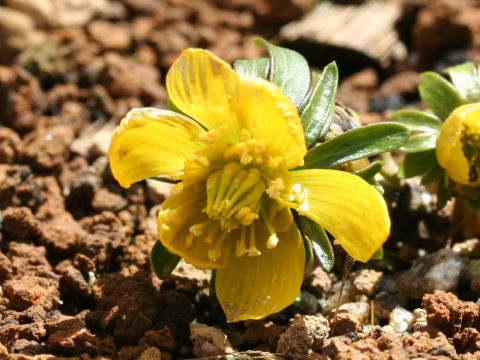

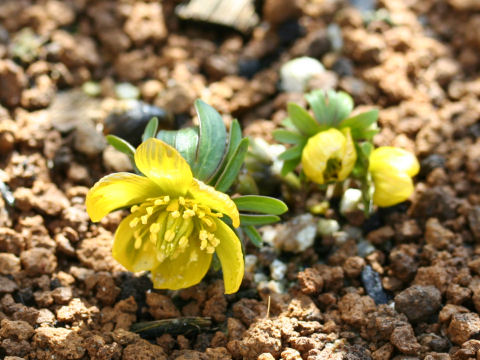

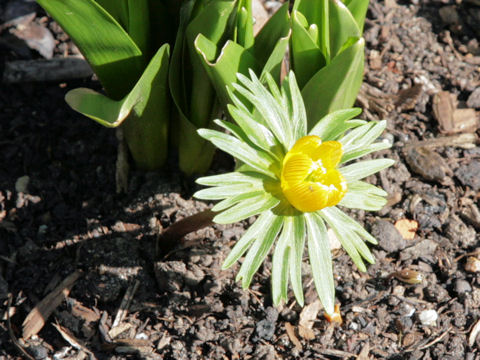

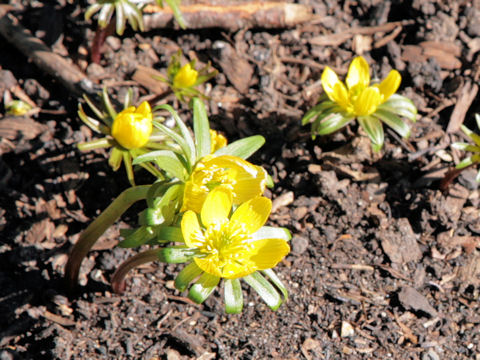

|

|
[bpɪz·éu«ÎȹÂÔñ»¤i©ÔߪjvÆu¨¨ÎÈ«ÎȹÂÔñ»¤iåÔ©ÔߪjvÆÌíÔðGíÅ·Btͪ¶µÄA¶óÉ[ôµÜ·BQ©çR²ëAÔsðLεĩF¢Ôð穹ܷBÔÙÌæ¤É©¦éÌÍäÓÐÅT`W èAÖ¶óÉätªÂ«Ü·B|ãÍu«ÎȹÂÔñ»¤i©ÔߪjvÆÄÎêÜ·B
|

|
L|EQÈLoiZcu\E®Ì½NÅAw¼Í Eranthis x tunergeniiBp¼Í Winter aconiteB
|

|
The Winter aconite (Eranthis x tunergenii) belongs to Ranunculaceae (the Buttercup family). It is an interspecific hybrid between Winter aconite (Eranthis cilicica) and Winter aconite (Eranthis hyemalis) that are native to Europe. The leaves are basal and divided into partites palmately. The yellow flower blooms on the developed flower stalk from February to March. The flower is 5-8 petaloid sepals with whorled bracts.
|

|
[ãEP] Qn§¾csuAfBEBAX{^jbNK[fvÉÄA2009N0328úBeB
[Q] åã{lës´ê¬ÉÄA2006N0321úBeB
[R] ¯ãÉÄA2006N0325úBeB
[S] ¯ãÉÄA2006N0324úBeB
[TEº] CMXEhsuL
[K[fvÉÄA2008N0303úBeB(photo by Jon Suehiro)
|








